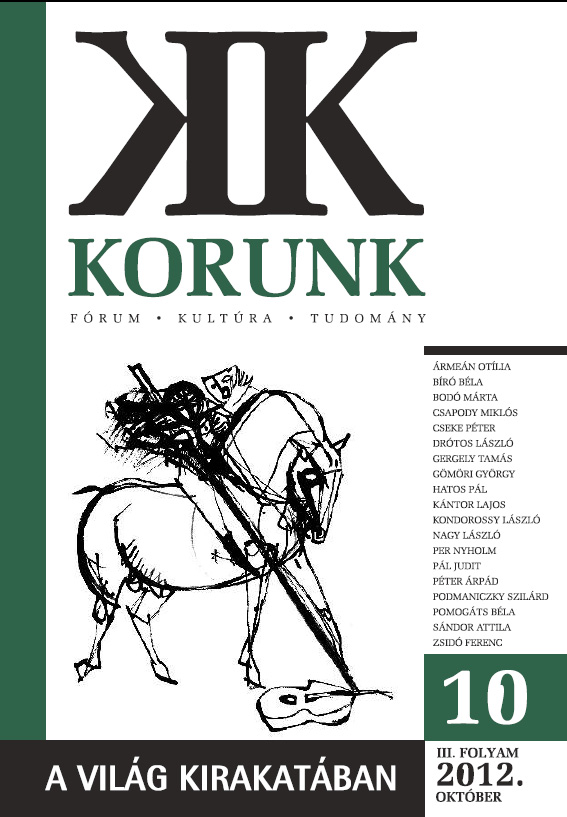
A szép szenvedés könyve
Egyed Emese: Briszéisz, Erdélyi Híradó Kiadó, Elõretolt Helyõrség Szépirodalmi Páholy, Kolozsvár, 2011
More...We kindly inform you that, as long as the subject affiliation of our 300.000+ articles is in progress, you might get unsufficient or no results on your third level or second level search. In this case, please broaden your search criteria.

Egyed Emese: Briszéisz, Erdélyi Híradó Kiadó, Elõretolt Helyõrség Szépirodalmi Páholy, Kolozsvár, 2011
More...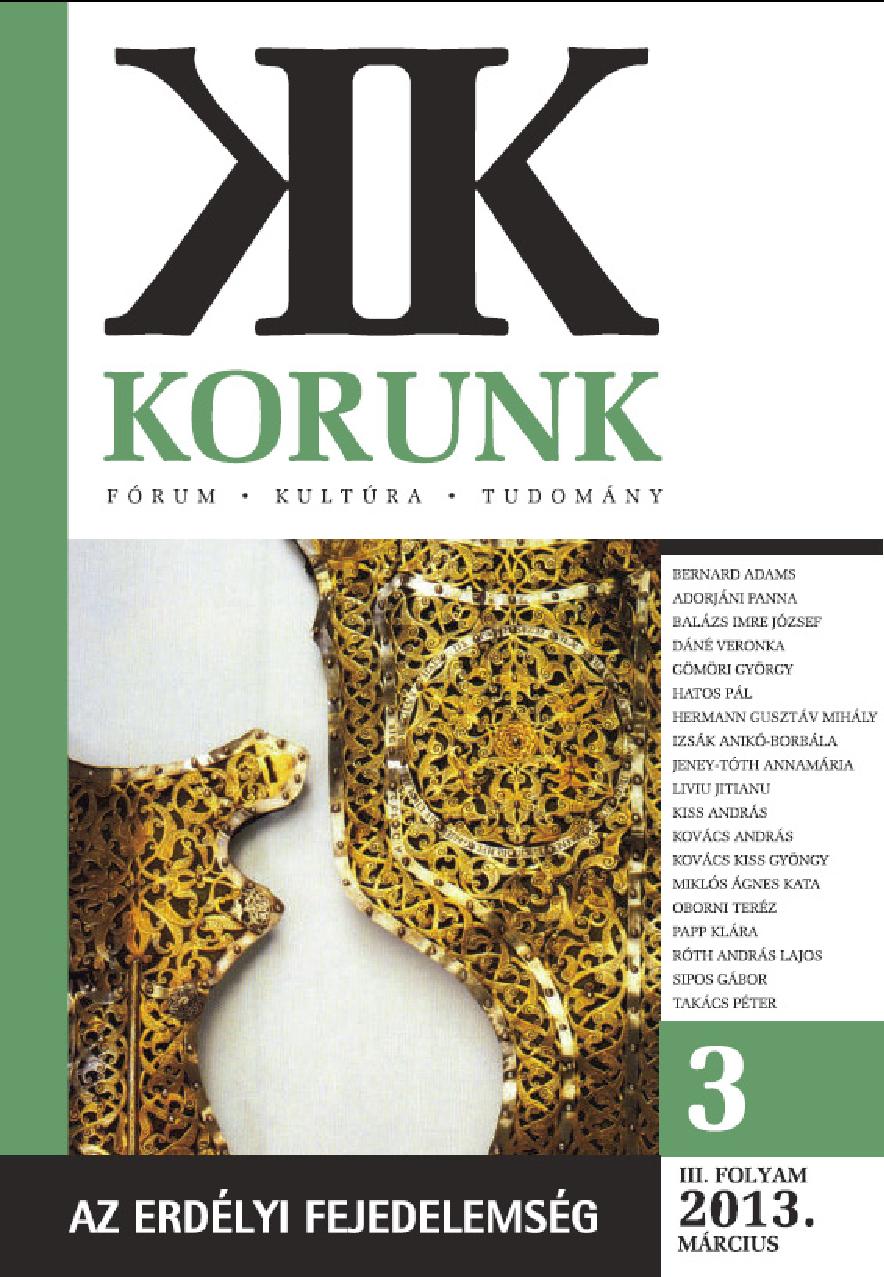
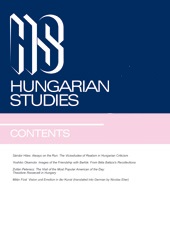
As a contribution to a larger theoretical discussion of the relationships between literature and political context, this paper offers an examination of the reception of the works of Hungarian poet and novelist Dezsõ Kosztolányi during the communist period, drawing particular emphasis to the origins of several misunderstandings. Over the past several decades Hungarian Marxist literary theorists, influenced by the philosophical and aesthetical heritage of György Lukács, have thought of artists as having a revolutionary role in society and literature as having an important role as a means through which to educate the nation. Kosztolányi’s concept of art for art’s sake did not minister to this ideological and political system, and as a consequence his reception and reputation suffered. Not only were critical evaluations of his writings, both literary and theoretical, distorted and crafted with the intention of creating a misleading image of the author, but the editions of his texts were also censored. It is not mere accident or circumstance that the critical edition series of his works could not be edited and research groups and projects dealing with an edition of his life’s work were not financed under the communist regime. Hungarian intellectuals have yet to raise the question as to why open discussion of the beginning of the 20th century (when events took place that continue to exert an influence on conceptions of culture today) remains a taboo. Why are there no (or few) critical editions and anthologies or studies dealing with the period? Twenty years have passed since the political transition and the situation remains essentially the same. Hungarian philologists who deal with Kosztolányi’s oeuvre must address these questions and challenge the Marxist axioms and stereotypes if they hope to further the development of Kosztolányi’s reception. Relying on postmodern theories is not sufficient if there is little fundamental research.
More...
In the first decade after the collapse of state communism, Transylvania-born Ádám Bodor’s novel Sinistra District has been praised as one of the most accomplished allegories about Ceaupescu’s totalitarian regime. Reread today, the novel reveals its virtue as a historiographical reflection of much larger time-span. Looking at the “natural history” and ethnography of Sinistra District, the author draws parallels with Transylvanian regional historiographies, from the Enlightenment to the 20th century, including references to the local lore.
More...
My reading of Ádám Bodor’s novel Sinistra körzet (Sinistra District, 1992) shows that the political dimension of literary production cannot be reduced to the problem of referentiality (the correct representation of an empirical reality in a realist or an allegorical narrative). In fact, Bodor’s fiction suggests that it is precisely the breakdown of the referential paradigm that is the privileged political moment in literature. As I argue, Bodor’s text suggests that beyond the political realism of historical referentiality we find a new kind of geopolitics based on a regionalist aesthetics of “mood.” In this regard, it becomes clear that the “Sinistra District” is not an allegorical representation of a historical reality (the world of totalitarian regimes) but a rhetorical figure which stages the ideological fantasy that structures that given historical realty.
More...
In a world of globalization it is the task of literary historians to reassess their national legacy from the new perspective. The past can never be taken for granted and never be forgotten; it is the result of interpretation. Poetic traditions are inseparable from linguistic structures, language as collective memory, and so they cannot be easily transferred into another culture. If historiography cannot do without teleology, we have to think in terms of different teleologies. It is undeniably difficult to fulfill contradictory demands, but a literary historian cannot stop making arguments and counterarguments.
More...
The essay discusses the renewed interest in Jewish subjects in post-1989 Hungary and, more specifically, popular new Hungarian fiction dealing naturalistically and anecdotally with the Hungarian Jewish experience – fiction written in most cases by “engagé” Hungarian Jewish writers. The essay also touches on the phenomenon of “de-Judaized” Hungarian Jewish literature, in which the Jewish content is masked, concealed, universalized, and with Hungarian writers of Jewish descent who object to the category of “Hungarian Jewish” literature. It is in this context that the essay deals with Imre Kertész and his works, and attempts to show that while his novels deal explicitly with the Hungarian Jewish “fate”, or fatelessness, he is always intent on suggesting the universal relevance of this state of fatelessness.
More...
Im Jahre 1909 brachen der Wiener Aktivist Rober Müller (1887–1924) und der Budapester Aktivist Lajos Kassák (1887–1967) zu einer jeweils exotischen Reise auf: Müller bereiste die Vereinigten Staaten, Mexiko, sowie einige Länder Mittelund Südamerikas, Kassák pilgerte nach Paris; er brauchte für seinen Fußmarsch etwa drei Monate. Es war nicht der Geist der Moderne oder der Avantgarde, die er dort suchte – „ich sah Paris und ich sah nichts“, schrieb er später –, es ging ihm, wie auch Müller im Urwald, um die eigene Wiedergeburt als „neuer Mensch“, als Literat mit großer Öffentlichkeitswirkung. Die Berichte beider Ich-Reisen wurden in Wien verlegt, Müllers erschien 1915, Kassáks 1922 (dt. 1923). Müller und Kassák lebten 1920–1924 in derselben Stadt und hatten sicher Kenntis über die Arbeit des jeweils anderen. Dass sie einander nie auch nur mit einem Wort erwähnt haben, liegt daran, dass (vereinfacht gesagt) Kassáks Konzeption der Massenwirksamkeit eine linke war, während die von Müller eher aus Begriffen der rechten Ideologien bestand.
More...
The oldest extant Hungarian proverb collection – one of the first ones in East- Central Europe – can be found in the Adagiorum Graecolatinoungaricorum Chiliades quinque published in Bártfa in 1598. It was based on a 1574 Basel edition of the Adagiorum Chiliades by Erasmus, including collections of Gilbert Cousin and others, too. The 4827 Hungarian entries of the Adagia include about 900 proverbs, part of them in common use today, others known in certain regions while some fell into oblivion. About 100 of them can be found in about 30 books (e.g. Fables of Aesop by G. Heltai) and letters of earlier date. The author, János Baranyai Decsi, headmaster of the Székelyvásárhely school and graduate of the Strasbourg Academy also wrote a travel description, a book of comparative law, poems in Latin and Greek, translated Sallust into Hungarian, wrote on Hungarian runic writing, the history of his time (he died in 1601) survived in manuscript form.
More...
This essay examines the way Gáspár Heltai, one of the most important Hungarian writers and preachers in the Reformation period in the XVIth century, used proverbs in his works. The author of this article compiled proverbs which were collected from 5 of Heltai’s work. She shows that some of Heltai’s proverbs are used even today as she compares Heltai’s proverbs with the most sophisticated proverbs in the Hungarian language. Then she focuses on the contexts which were typical of Heltai’s proverbs: first, she compares the literal meaning of the proverb with the symbolic meaning. Secondly, she examines the way Heltai collects many proverbs in one tale. Thirdly, she analyzes the way Heltai frames some of his stories with proverbs at the beginning and at the end of his work. Next, she describes the logical relationships between sentences in the text and demonstrates the function of the proverbs in these logical relationships. Finally, by using phraseological examples, the author reveals the linguistical influence of German (Heltai’s native language) on these Hungarian proverbs.
More...
Seit es durch die Untersuchungen der Metapher klar und allgemein anerkannt wurde, daß die Metapher keine Erscheinung ist, die in den Grenzen eines einzigen Wortes erklärt werden kann, ist es theoretisch möglich, größere Textabschnitte oder ganze Texte metaphorisch zu interpretieren. Solche Interpretationsversuche sind trotzdem selten, obwohl ein solches Verfahren nicht nur für die Textinterpretation, sondern auch für die Metapherforschung fruchtbar sein könnte. Wie kann aber ein einziger Text metaphorisch interpretiert werden, wenn die Metapher eine Identifizierung zwei verschiedener Sachen ist und folglich zwei verschiedene Sachen voraussetzt? Ich sehe zwei theoretische Möglichkeiten. 1. Der Text ist die erste Sache, die zweite muß sich anderswo finden. Diese Erscheinung wäre in Zusammenhang mit der Metapher nicht überraschend, und auf Grund der Interaktionstheorie müßte eine solche Auffassung nicht bedeuten, daß der Text in Stelle eines - etwa diskursiven - Inhalts dasteht. 2. Man kann beide Elemente und vielleicht auch die Geste der Identifikation im Text selbst auffinden. Ich glaube, daß beide Möglichkeiten mit Nutzen ausgearbeitet werden können; ich werde mich im folgenden nur mit der zweiten - am Beispiel eines Textes, der die zwei Elemente und die Geste der Identifikation offensichtlich innehat - beschäftigen.
More...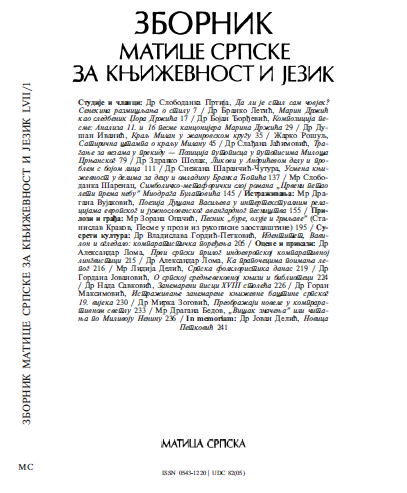
The paper points out the spiritual and poetic similarities between the poetry of Dušan Vasiljev and the poets of different expressionist streams in the German literature (nihilism of Georg Heym and Gottfried Benn, cosmism of Alfred Mombert, Theodor Deubler, activism of Johannes Becher, Ludwig Rubiner and others). The author then more extensively investigates the intertextual relations with the poetry of the Hungarian poet Endre Ady and the south Slavic poets of the expressionist period (Miroslav Krleža, Miloš Crnjanski, Srećko Kosovel). Dušan Vasiljev’s poetry is placed in a broader, international avant-garde context to establish more precisely the literary-historical position of this poet between the extremes of the expressionist streams — the abstract and activist ones.
More...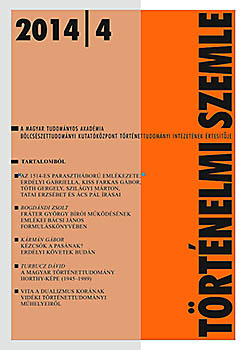
The Stauromachia of Stephanus Taurinus (1519), the most significant literary account of the 1514 peasant war in Hungary, has been justly considered as a work deeply imbued with the ironic view of history and human fate. In my lecture, I will offer a survey of the Latin and vernacular works from the Jagellonian age in Hungary, which might be associated with paradoxic and ironic story-telling. Starting with the Apologia regis Wladislai (1493) to the edition of Homeric Batrachomyomachia by Bartholomaeus Frankfordinus and the ironic declamation of Valentinus Hagymási (De laudibus et vituperio vini et aquae), the ‘oblique’ manner of speaking was more present than ever before in the humanistic culture of the age. After reconsidering the ancient and contemporary sources of oblique narration, I argue that this contextual evidence must be taken into account in the interpretation of the Stauromachia.
More...
The study examines the role that the peasant revolt of 1514, generally attached to the name of György Dózsa, played in the collective memory in Hungary in the 1840s. It contests the argument according to which alongside the traditional, conservative approach, which condemned the revolt, there would have emerged a revolutionary view, which already presented the events as examples to follow. It argues, rather, on the basis of several contemporary literary works, that there continued to exist in the 1840s an attitude which extended back to 1514 and was influenced by consequent waves of violence, and which, as a result, regarded the peasant revolt as a shocking example and rejected all forms of collective violence. This, however, was certainly not conservative in terms of ideology or the history of ideas, but reflected simply the norm. It was certainly not the reinterpretation of this conceptual framework which started then, and it is totally mistaken to suppose that the new tones in praise of Dózsa emerged with equal force: the examples which apparently prove this are to be assessed in a different way. What, indeed, can be regarded as a novelty is the sporadic yet total negation of the attitude regarded as the norm (as in the gesture of Sándor Petőfi , the most outstanding poet of the period), or its logical transcending (as the Christian salvational approach in the novel of József Eötvös). None of them amounts to a presentation of the Dózsa peasant war as an affirmative example, however, for both preserve a strong aversion to destructive violence.
More...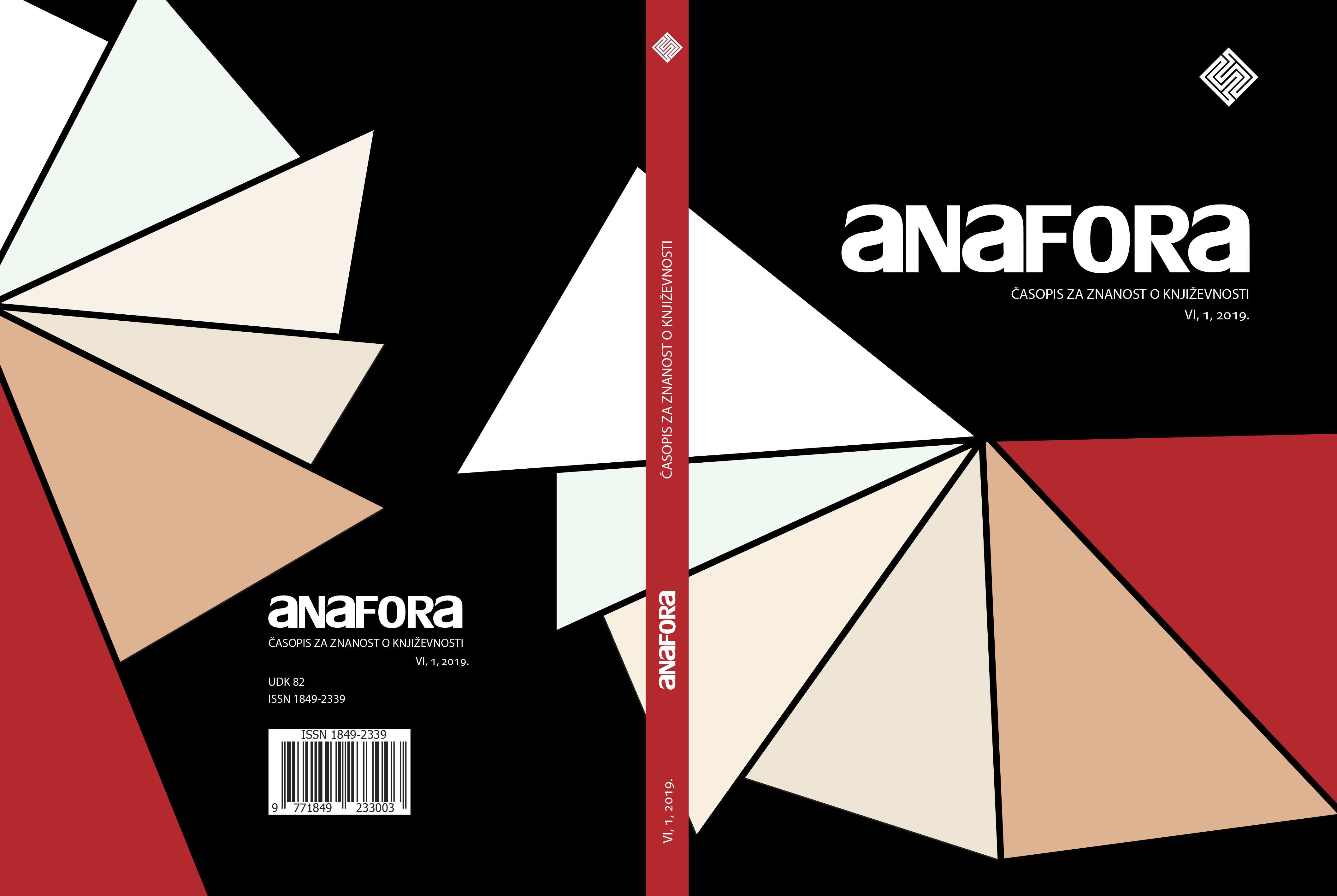
The paper discusses the legacy of the renowned Hungarian writer, Miklós Mészöly, in the literary and political context of the ’50s and ’60s of the last century. The research is based on genetic criticism − on the exploration of autograph diary notes, written drafts, various original manuscripts − and focuses on previous versions of Mészöly’s final texts. The study deals with a specific part of Mészöly’s wide-ranging oeuvre. The paper focuses on the early prose works Az atleta halala (Death of an Athlete, 1966), Saulus (Saul, 1968), and Pontos tortenetek, utkozben (Exact Stories on the Road, 1970) that have had a poetically and theoretically stimulating effect on the Hungarian contemporary authors and scholars. The paper includes several important and formerly unknown documents from the Mészöly heritage collection, kept in the Petőfi Literary Museum, which revise the interpretations of Mészöly’s above-mentioned works.
More...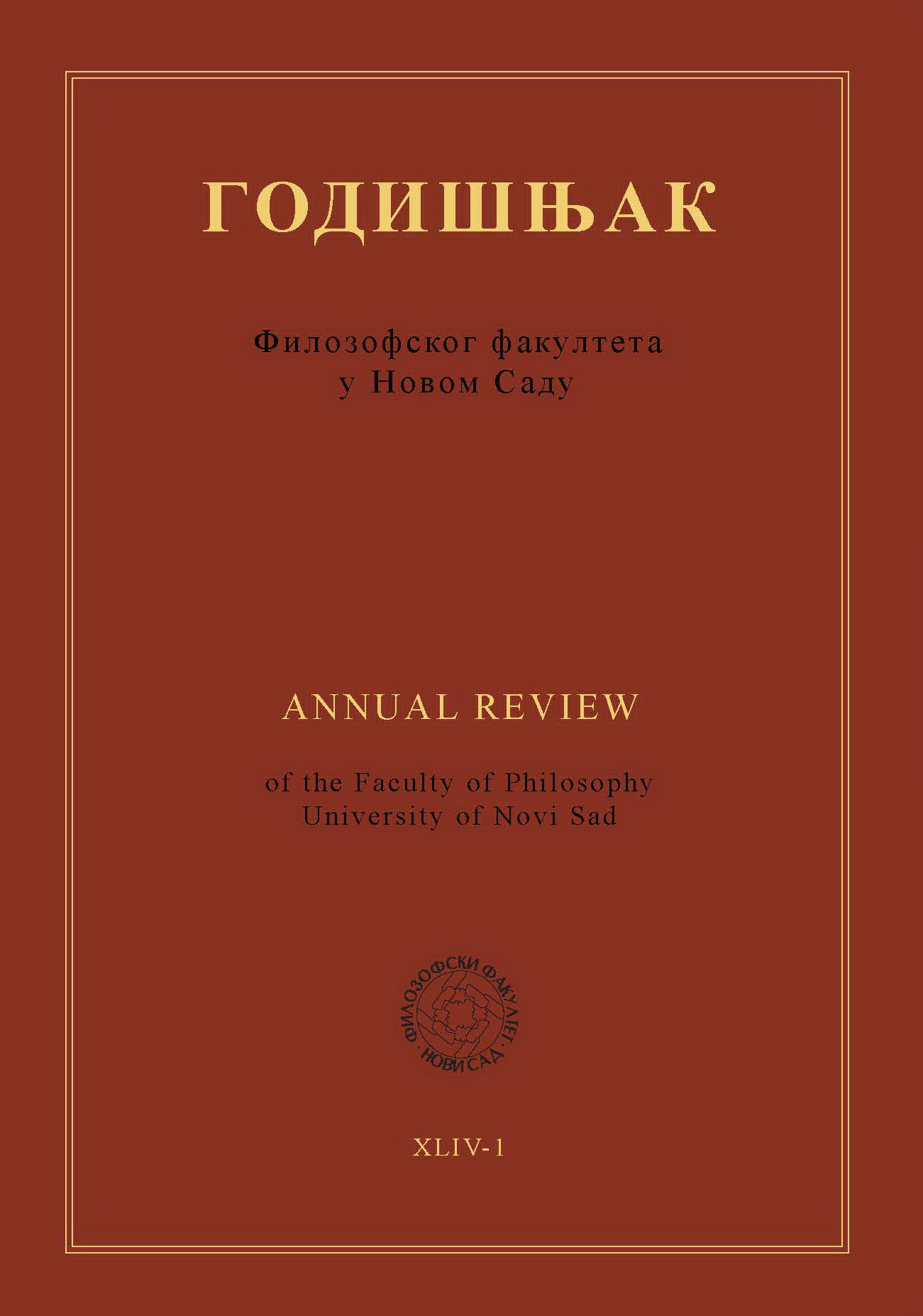
In the creative course of the literary works, naming becomes emphasized, the name system of certain writings or authors is often key to interpretation. This study examines the problems of literary naming and the translation of names in Nándor Gion’s four-volume novel that can be placed in the genre of “band novels” as well. The novels relate in chronological order, through four seasons of a child band's adventures: the holiday novel Kárókatonák még nem jöttek vissza (1977) (Cormorants Have Not Come Back Yet), the Sortűz egy fekete bivalyért (1982) (Volley for a Black Buffalo) continues the plot in autumn, Az angyali vigasság (1985) (The Angelic Feast) in winter, when the children evoke the habits of the Christmas holiday circle, and they get involved in the adults’ things by saying the angelic feast, and the Zongora a fehér kastélyból (2003) (Piano from the White Castle) closes the story in spring. Besides the identical sites, back and forth references, repetitive motives and passages, the four novels are combined together by the recurrent characters as well. The study classifies the name theme of the novels (personal names, animal names), examines the extra meanings they carry (e.g. they demonstrate variegated nationality of the country, indicate the change in the community’s nationality combination), their portrayal and stylistics role, the process of naming becoming thematized in the texts (e.g. the development of certain nicknames). We can assign Gion’s characters’ names to eight categories: with full name (with a surname and first name), with surname and nickname, with surname and with a drop cap, figures named with surnames, names completed with an occupation name, names completed with a constant attribute, names completed with constant attribute and an interpretative attribute, and telling names. One of the most frequently and for the longest time used literary devices is the telling name that is selected by the author for his hero in depicting the person’s physical or spiritual property by its meaning or word mood. The novel texts reflect the formation of certain names, the act of naming and name usage in diverse places. Apart from the identifying-nominating function and characterization of the characters, the telling names have a plot forming role as well. The study examines the translator procedures that helped the Serbian translator translate the names, in order to raise the same associations in the target language reader as in the original text reader.
More...
The present study is based on the non-autographed manuscript of Franz Xaver Girzik‘s drama Die Erstürmung des Prinzen Eugenio Thores oder Temeswars Befreyung (1813) to be found in the theatrical collection of the Széchényi National Library and tackles, after a comprehensive drama analysis, the text deletions from the prompt book from the year 1825. The author investigates the cultural environment in which the Czech actor, active in the Kingdom of Hungary, presented his play, why he chose this particular historical material and why the drama only came to the German stage in Buda for the first time in 1826. Girzik‘s Temeswar-Drama constitutes an exciting example for the Prince Eugen-cult in the 19th century.
More...
One of the “symptoms” of the 20th spiritual-cultural milieu is the flowing of psychoanalysis into the public discourse and literature both as a subject and as an approach. This produces genres overlapping between science, autobiography and fiction, speaking from different professional backgrounds, with partly different motivations and “implied readers”. Their common element is the need of self-reflection, with a desire and ability to textually record its result, moving from scholarly discourse towards fiction, or from fiction towards self-analysis. My paper explores through the examples of a few women psychoanalysts and writers, how some analysts use the autobiographical and fictional genres, how psychoanalytic knowledge can be the background/foreground of autobiography/autofiction and how literary skills and forms can become the field and tool of self-analysis. The analysed works include the autobiographical novel of psychoanalyst Edit Gyömrői, the diaries of psychoanalyst Alice Bálint, the autobiographical writings, portraits and short stories of Mrs. Kosztolányi Ilona Harmos, and two novelettes of Sophie Török.
More...
The first part of the study presents the indirect relations of Gh. Șincai, member of the Transylvanian School with the Society for the cultivation of the Hungarian language in Transylvania and with Aranka György. Through the presentation of relations, we have tried to outline how the Transylvanian Hungarian intellectuals could help the work of the Romanian scientist and how contributed to his nomination of reviser and censor of the University Press of Buda in the first place. The second part of this academic paper deals with the Romanians four languages Lexicon, paying attention especially to the strengthening of the Romanian identity.
More...
In comparing the literary sign and its cinematic adaptation, it is appropriate to apply the term resonance and reciprocal relationship, particularly when the individual artefacts (both literary and film) become a mutually illuminating metasign and interpretative key, standing not only in a genetic, but also in a complementary and dialogical relationship. In the context of Imre Kertész’ s novel Fatelessness (Sorstalanság, 1975) it is important to consider not only the narrative perspective in the text and the film (Sorstalanság, 2005, directed by Lajos Koltai), but also its outcome in the paradox of the possibility of the existence of happiness and other anthropological categories in the conditions of humanity after the Holocaust. Thus, the main subject of reflection is the relation between the narrative and expressive strategy and the anthropological category. Another subject of reflection is the aesthetic overlap of this relationship. László Krasznahorkai’ s novel Satan’ s tango (Sátántángo, 1985) has a typologically different narrator and its film adaptation (Sátántángo, 1994, directed by Béla Tarr) has a more pronounced tendency to autonomy and artificiality. Interpretative impulses exist not only between the literary text and its film adaptation, but also in different texts, associated with a certain semantic category and figures of the semiotic systems. The study analyses the relationships of these artefacts, indicated by an interpretative matrix, in which the presentation of the everyday presence of the apocalypse (Kertész and Koltai) is confronted with the apocalypse of everyday life (Krasznahorkai and Tarr).
More...